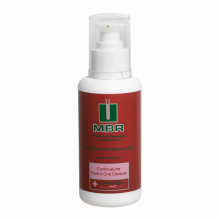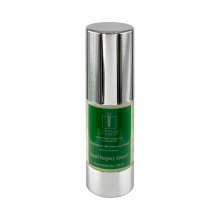Regular Skin Care Routine
How much care you give your skin depends largely on the type you have. However, going into specific recommendations based on the type of skin you have, there are basic care activities that you should consider regardless of skin type. A typical skincare routine generally includes:
- Cleansing (washing)
- Moisturizing and sun protection
- Toning (optional-depending on skin type)
- Exfoliation
Performing the routine twice daily is optimal for most people. However, if you have dry and/or sensitive skin, you may do better with once-a-day washing/cleansing while moisturizing two or more times a day. Some experts feel that exfoliation should also be part of a basic routine. However, daily exfoliation may lead to chronic irritation in some people. Therefore, Exfoliating once or twice a week is usually enough.
Popular cleansers
Making the Best of your Skin Type
Our skin is constantly going through changes, and so in different stages of our life, we have different skincare concerns and goals. To look your best for your age, it's important to solve problems as they appear or, even better, work on preventing them. It's important to remember that your skin type changes with the season, diet, and age. In general, the skin tends to be oilier in the summer and drier in the winter. Menopause often makes it drier and can change from oily to normal or even dry. On the other hand, a shift from a low-fat diet rich in essential fatty acids has been known to turn it from dry to normal.
It would be best if you determined your skin type before you settled on a skincare regimen. It's equally important to adjust your routine as your skin type changes. To reiterate, a basic care regimen must be adjusted to fit your skin type.
The Application of Advanced Treatments
For many people, there is a need for more than a basic skincare routine. Additional advanced treatment may be added to your regimen depending on age, skin type, and other factors. It's crucial that your additional product be thoroughly researched to know it is appropriate for you. Also, it's a good idea to check the scientific background of the product- you should be confident that it will be effective.
Advanced Treatments
Because toning and moisturizing can block the epidermis from absorption, the best time to apply your additional product is right after cleansing and rinsing your face- your face should be warm, slightly moist, and clean. Also, because most of those products have moisturizers as part of their ingredients, it's generally unnecessary to add a moisturizer to your daily routine when you use the active or advanced product.






